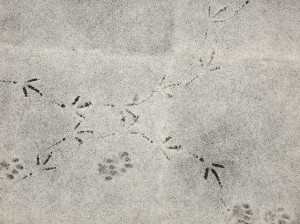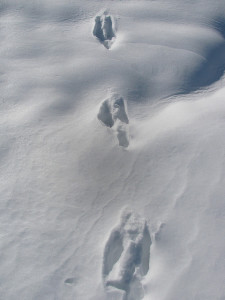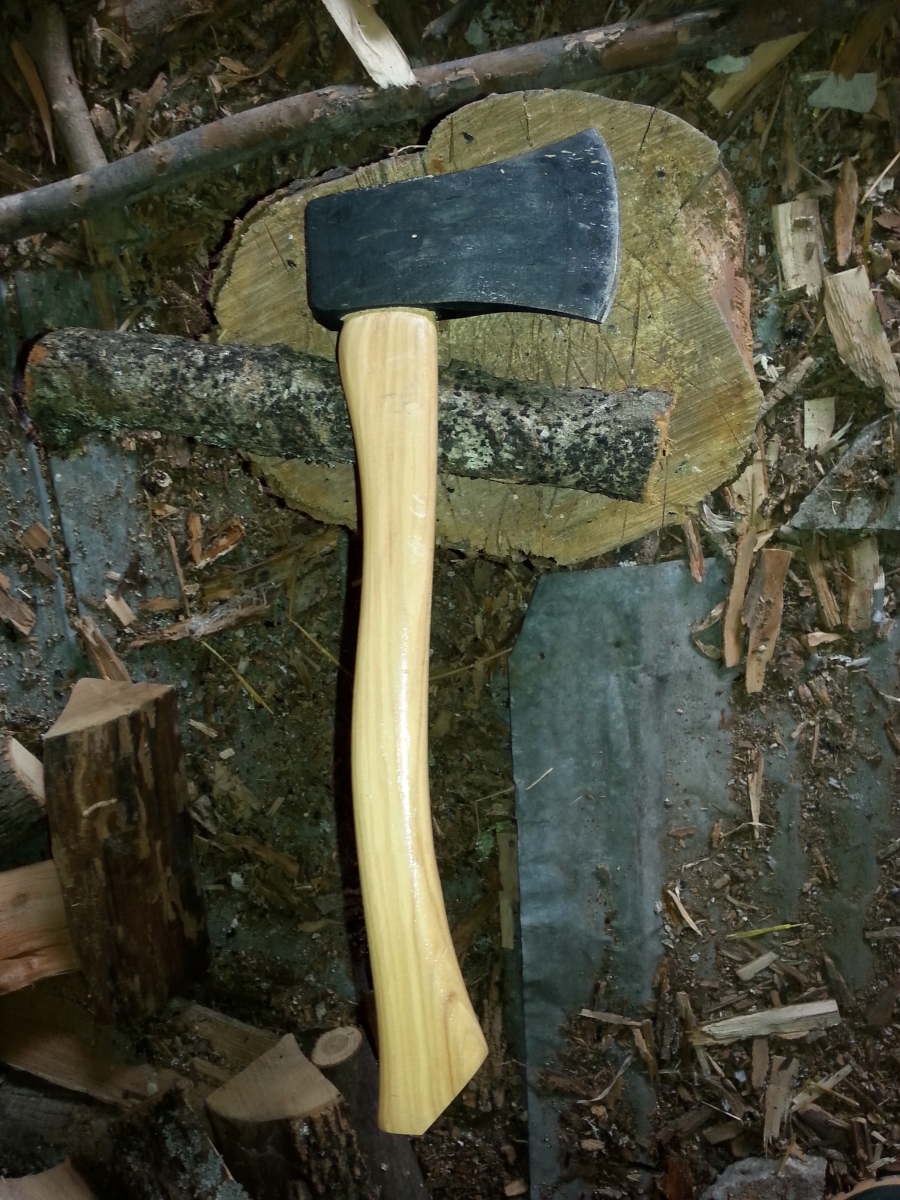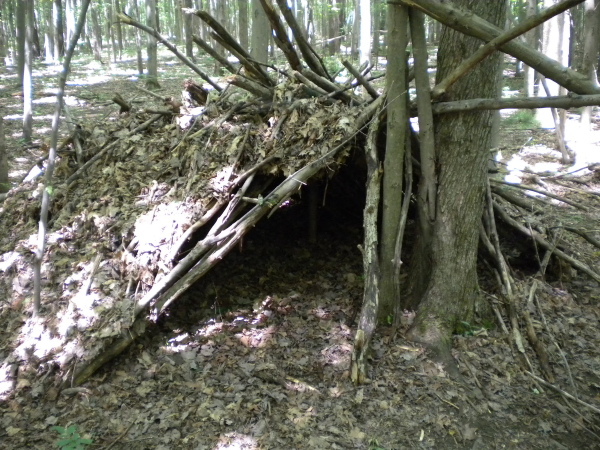Tracking animals is an ages old technique, so old it is possibly one of the oldest family traditions. Fathers would pass down the skill of following the tracks of animals they were hunting to their sons as a means to survive. Animal tracking is a skill every outdoors person should learn and teach to their children. For some it is a way of finding their trophy, for others it is to find out what stole a picnic basket from the campsite.
Every creature leaves its own distinct foot print, and recognizing them is the first “step” in learning how to track animals. Spend as much time as you can studying the tracks left by different kinds of animals. Dogs, wolves, coyotes and fox all leave one type while a cat’s prints look different. Cats don’t usually walk with claws extended, while canines do.
Skunks hop with both feet side by side while raccoons walk by staggering paws one after the other. Rabbits mislead the tracker by hopping with their back feet first. Bear tracks can be very large, watch for the claw marks as a clue. Deer and sheep have two toe-nails on each foot that curve together. Wild turkey have tracks that are nearly 2 inches long while a chickadee has tracks that might only be half an inch.
Animal trackers can tell how large an animal is by how far apart the tracks are and how deep they are in the ground. An animal that is running will likely have tracks spread farther apart than when it is standing still. If the prints are deeper in the snow or ground and less clear then it was likely running fast to get away and not worrying about walking quietly. Animal tracks that are clear and closer together mean the animal was out for a leisurely stroll looking for the day’s food.
The best way to start recognizing the different animal tracks is to look for them in the snow. Freezing temperatures keep the tracks in good shape longer than if it were left in mud or dirt. When a layer of snow is on the ground, tracks stand out and are very easy to find. During other times of the year grass makes tracks almost invisible except in areas where there is little ground cover. Autumn brings another challenge for animal tracking. Animals will disturb the leaf cover as they walk and dig around for food giving additional signs for animal trackers, but often the leaves can fall quickly cover animal tracks that were left just a few hours earlier.
Once you have determined the animal tracks are from the animal you are looking for, start following them. Walk beside the trail left by the animal, not on it. Animals don’t always walk in a logical route and sometimes you will have to back track to verify where it was going. If you walked on the animal’s footprints then it will be very difficult to check what it was and which direction it was going. Follow the tracks as long as you can and be prepared for a hike. Animals can cover a large area in a night of feeding.
Along the way make note of the places the animal stopped to feed and what it was eating. Scat you find along the way will tell how fresh the trails are and give clues to what the animal was eating and help verify it is the animal you think it is. Many animals live in boroughs, nests, or holes in the ground and if you are lucky enough to find one while following the trail don’t get too close. Mark a point of interest on your GPS of the animal’s home and leave it there. Like most creatures, wild animals are protective of their homes and could abandon them (along with babies that may be inside) or attack you if they sense a disturbance to nearby surroundings.
Animals such as rabbits and deer will usually take the same path daily to and from food sources, so learning how to identify the routes will help you determine where to set up cameras for a wildlife photo shoot or build a hunting blind. Bears, cats, wild turkeys, and raccoons will walk a more circular route perhaps stopping by once a day to check on food sources. Canines follow food sources so they will irregularly wander about their vast territory chasing the food down as they go making it tricky to predict where they will show up next.
Following animal tracks with your children beside you is one of the best ways to learn about nature. The trek will give your family great exercise and fresh air. The paths animals take in their daily voyages under juniper bushes, or over hill tops, then down by the water and across the field have been tracked by people since the beginning, so don’t miss an opportunity to pass these techniques on to another generation the next time you are outdoors.
Copyright 2019 Mike Wilson








